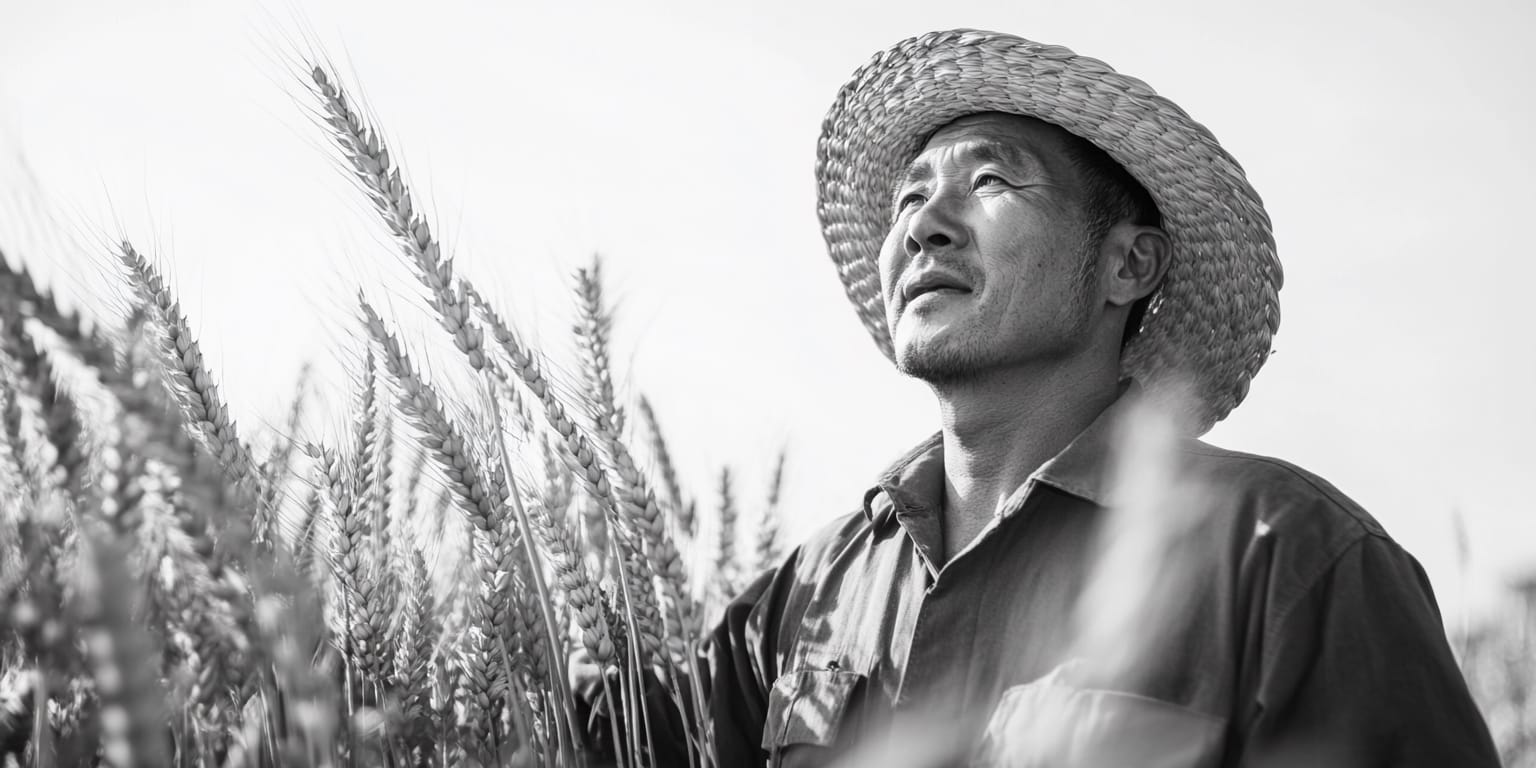China's New 10-Year Strategy Aims to Boost Grain Production and Food Self-Sufficiency

China has announced a comprehensive 10-year plan to transform itself into an agricultural powerhouse, with the goal of achieving a more secure food supply by 2035. The initiative, reported by state media Xinhua, comes as the country faces an economic slowdown, climate change challenges, and growing tensions with the United States.
The plan sets ambitious targets for the near future. By 2027, China aims to reach a grain output capacity of approximately 700 million metric tons and strengthen self-sufficiency in key crops. The country also seeks to make significant breakthroughs in agricultural technologies, particularly in seeds and machinery.
China's heavy reliance on food imports from Brazil and the United States has prompted efforts to diversify import sources while boosting domestic production. These efforts appear to be bearing fruit, as China set a record for grain production in 2024, exceeding 700 million metric tons.
The push for agricultural self-sufficiency takes on added urgency amid President Trump's recent "Liberation Day" tariff announcement. With global markets already showing signs of concern and European indices falling, China's agricultural plan may serve as a buffer against potential trade disruptions from what the White House has called "one of the most important days in modern American history."
The strategic plan focuses on several key agricultural products. It aims to stabilize rice and wheat production, develop root vegetables and mixed grains suited to local conditions, and increase production of oilseeds like rapeseed and peanuts. The plan also explores expanding oil sources from oil tea and animal fats.
Biotechnology features prominently in the initiative. Projects include cultivating high-oil and high-yield soybeans and developing salt-alkali-tolerant crops. To drive agricultural innovation, China will:
- Strengthen national agricultural science and technology capabilities
- Support fundamental research
- Foster leading agricultural technology enterprises
The plan also addresses livestock production to enhance food security. China will focus on high-quality development of its hog industry, improve competitiveness in the dairy sector, and implement measures to raise the quality of beef and mutton. These efforts come as China's meat market currently faces oversupply and weak demand amid the slowing economy.









